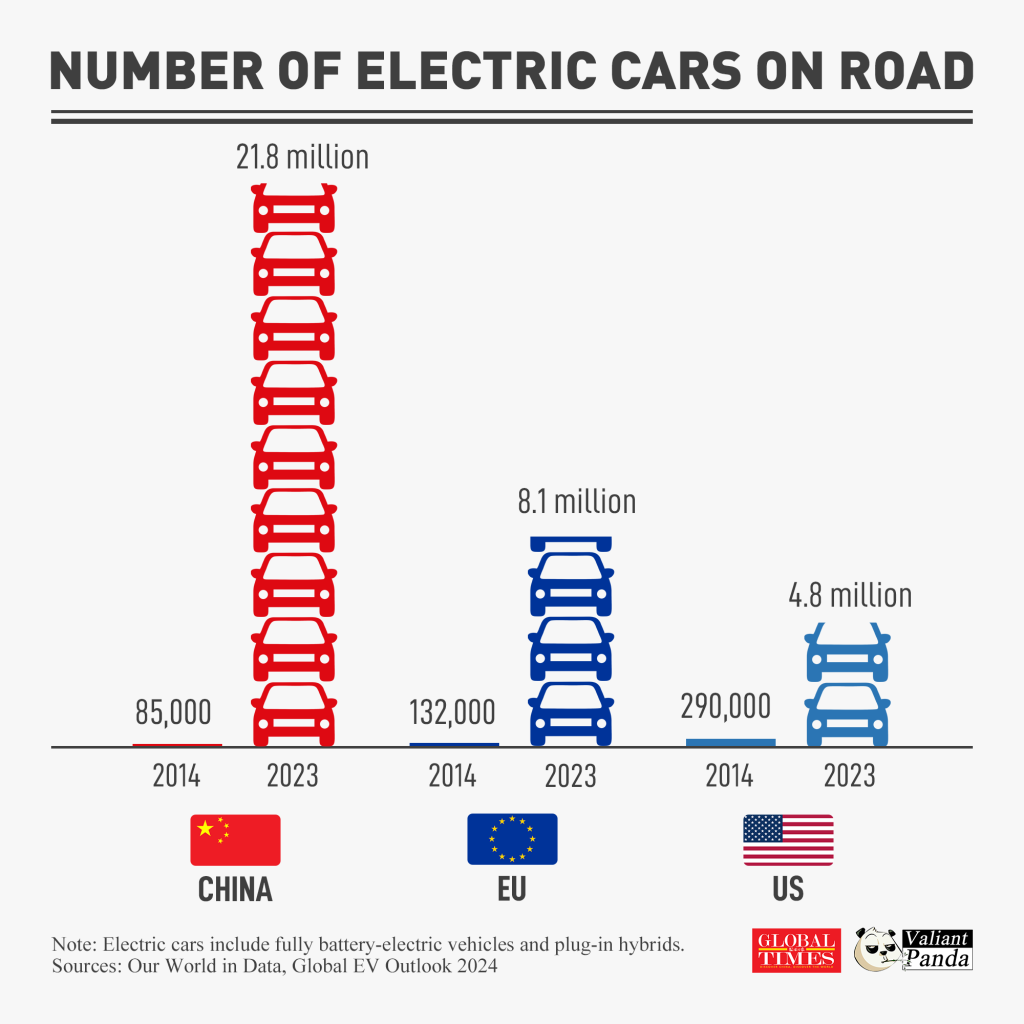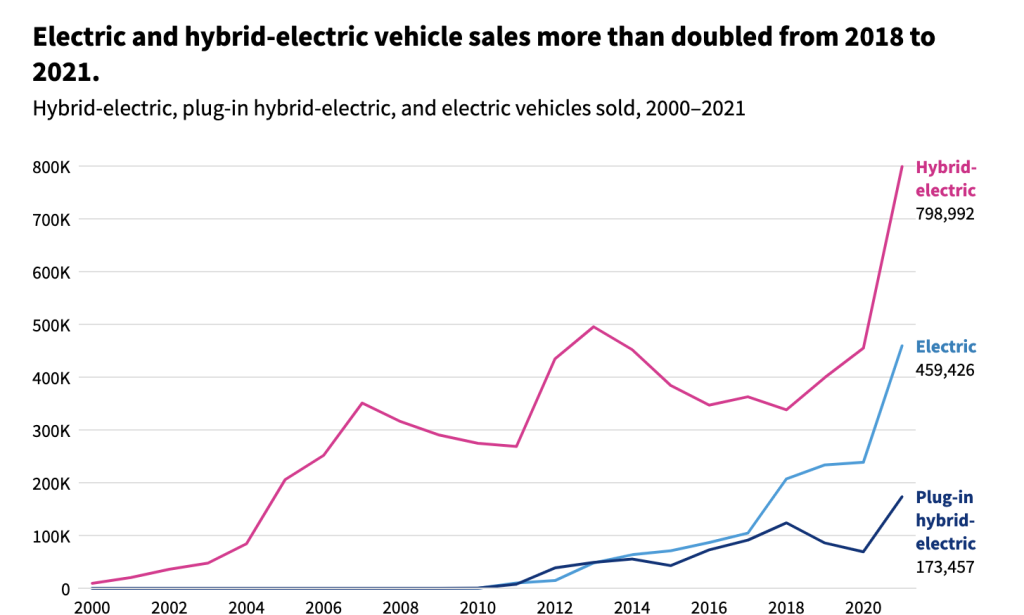
Products
Fast, Reliable, Everywhere

Solutions
Efficient, Innovative EV Charging Solutions.
News
We are committed to the innovation and application of EV charging.
The past decade has certainly been revolutionary for the automotive industry, driven primarily by electric vehicles (EVs). Since 2014, EVs have evolved from a niche product to a mainstream phenomenon, dominating urban roads and even expanding into suburban and rural areas. Key factors behind this transformation include technological advancements, significant reductions in battery costs (resulting in lower vehicle prices), and the rapid development of charging infrastructure. Despite these advances, misconceptions and concerns persist among potential EV adopters.
Let’s explore how the EV market and charging infrastructure have evolved over the past decade, and how pilotenergystorage can enhance the charging experience and make life easier, more convenient, and more comfortable for EV drivers.
Since 2014, the EV market has experienced tremendous growth. The number of available models has grown from dozens to hundreds, and now caters to a variety of needs—from city cars to full-size sedans, crossovers, and even trucks. Traditional automakers have expanded their product lines, while new players such as Rivian and Lucid have emerged to challenge the status quo.
According to the Global Times, there were 290,000 electric vehicles (including pure electric vehicles and plug-in hybrid vehicles) on US roads in 2014, and by 2023, this number will soar to 4.8 million, highlighting a huge shift in consumer acceptance.

Sales statistics further underscore this shift. In 2014, only 63,525 pure EVs were sold in the US, but by 2021, sales had surged to 459,426 units. This growth has been driven by various factors, one of the main ones being the significant reduction in battery costs, which represent a key component of EV pricing. Back in 2012, when EVs were relatively new to the market, each kilowatt-hour of battery capacity cost around $400. By 2023, advances in manufacturing and technology had driven this cost down to as low as $139 per kWh, making EVs more accessible to the general public.

In addition to reduced battery costs, another major factor in market growth has been increased driving range. For example, while the average EV in 2011 could travel just 74 miles on a single charge, by 2022, this range had increased to 256 miles, with some 2024 models exceeding 400 miles per charge. As a result, EVs are no longer associated solely with short ranges and limited functionality—today, they can cover long distances on a single charge, meeting the needs of even the most demanding drivers.
The growth of the electric vehicle market has created an urgent need for a robust and convenient charging infrastructure. Reliable charging stations are essential in regions such as the United States where electric vehicle adoption is rapidly increasing. However, many electric vehicle owners still face long wait times and a lack of charging points, especially during peak travel times or in busy urban centers.
Governments and private companies have invested heavily in developing charging infrastructure to make electric vehicle charging more convenient. According to the U.S. Department of Energy, in 2013, there were 8,100 charging stations and 19,472 charging points in the United States. A decade later, these numbers rose to 68,457 charging stations and 184,098 charging points, respectively—a testament to the continued efforts to increase charging availability.
However, despite this growth, gaps still exist, particularly in the US, where long queues at charging stations remain a challenge for many drivers.
The evolution of electric vehicles over the past decade has shown how quickly everyday life can change under the influence of innovation and market demand. Today, electric vehicles are not only an alternative, but also a preferred choice for those seeking economic and environmental responsibility. As charging infrastructure and platforms such as PilotEnergyStorage develop, using an electric vehicle becomes as convenient and easy as using a traditional fuel vehicle.
As we move forward, closing the gap in charging infrastructure will be critical. By focusing on solutions that prioritize convenience, transparency, and reliability, PilotEnergyStorage is leading the way toward a fully sustainable and integrated electric vehicle ecosystem.
